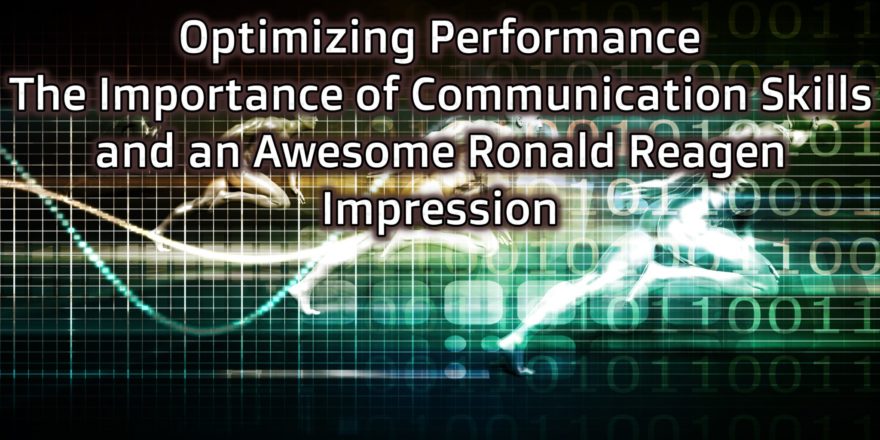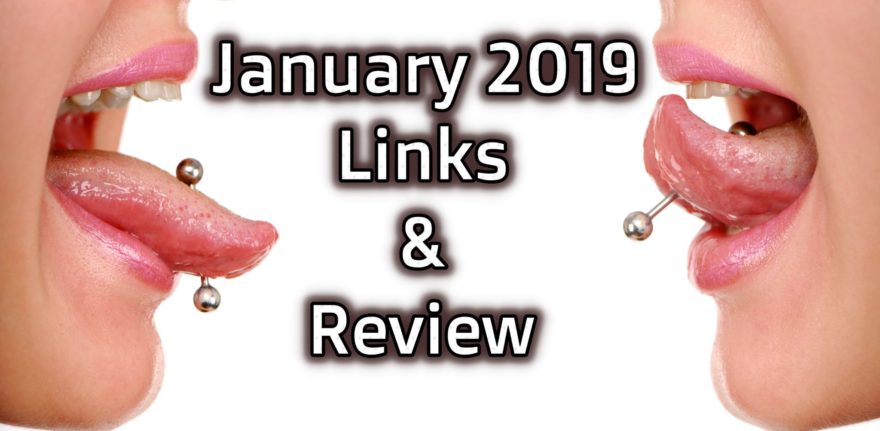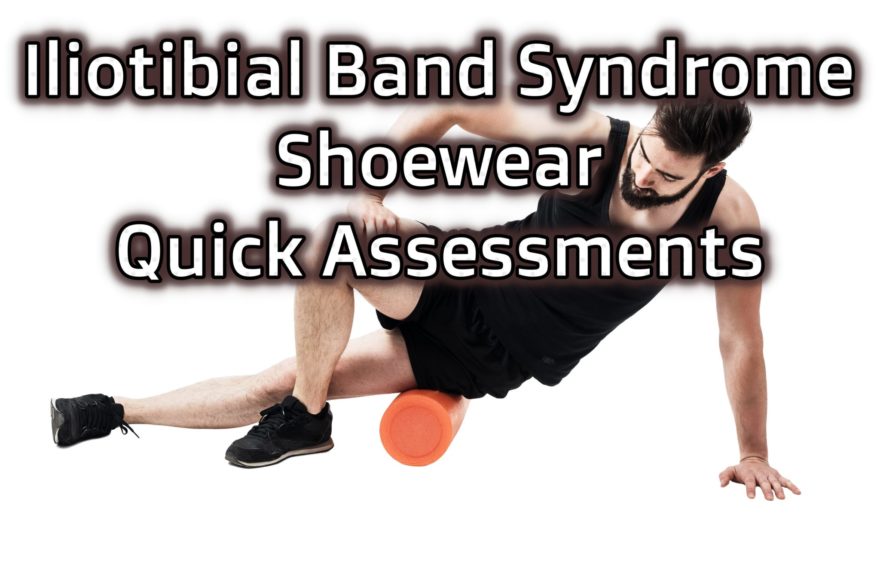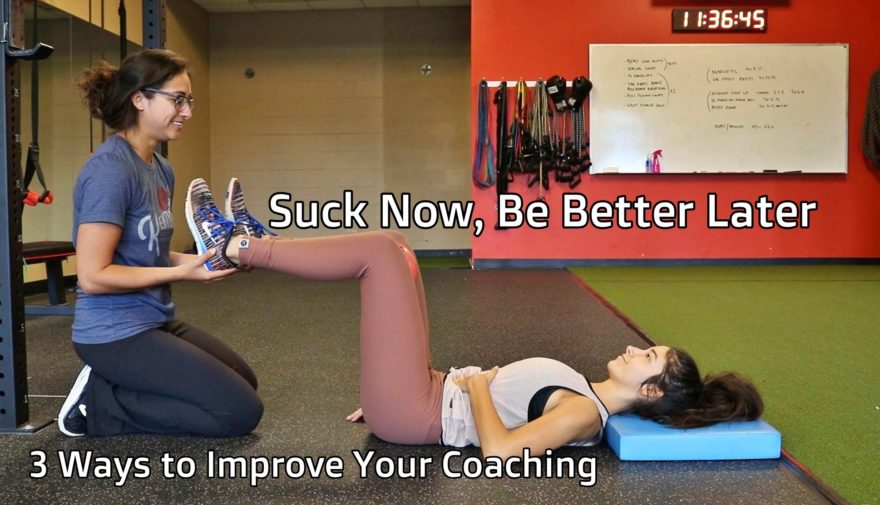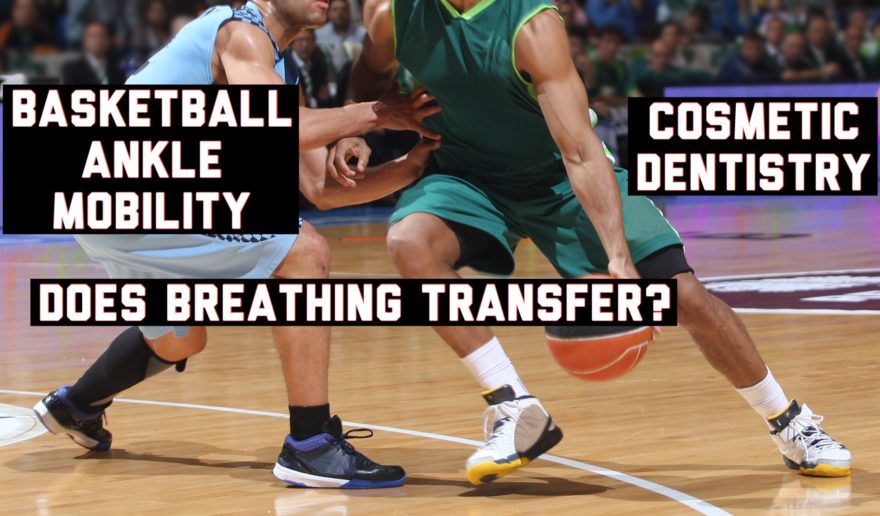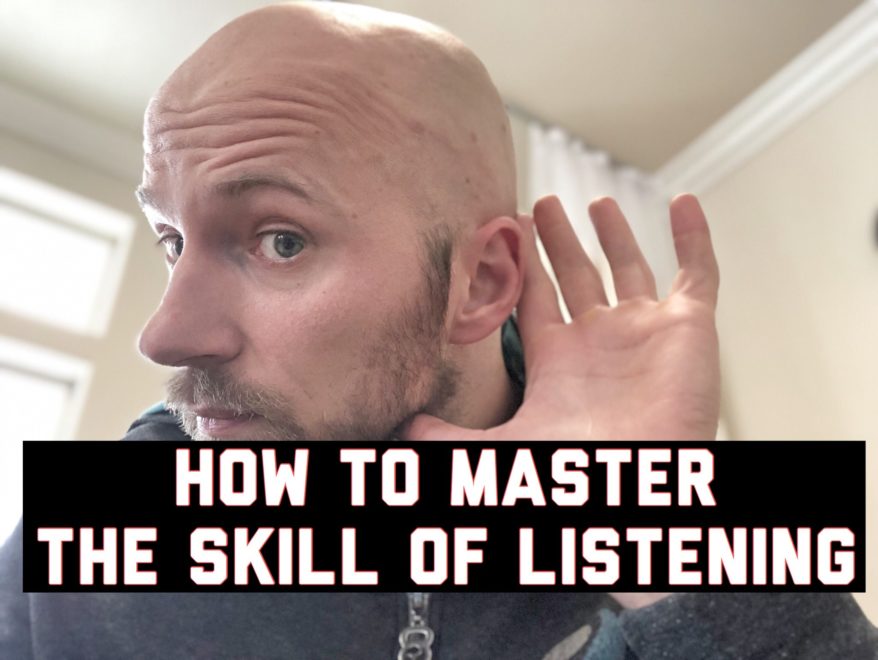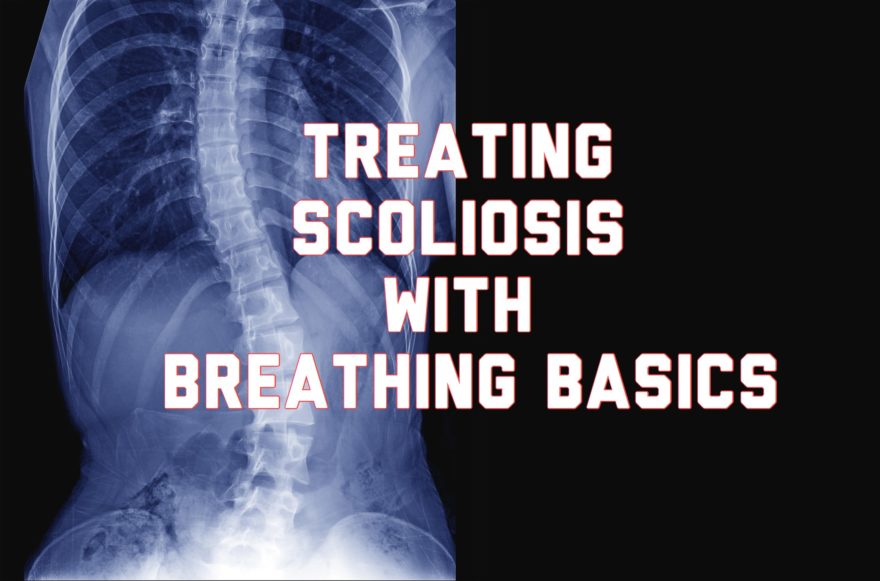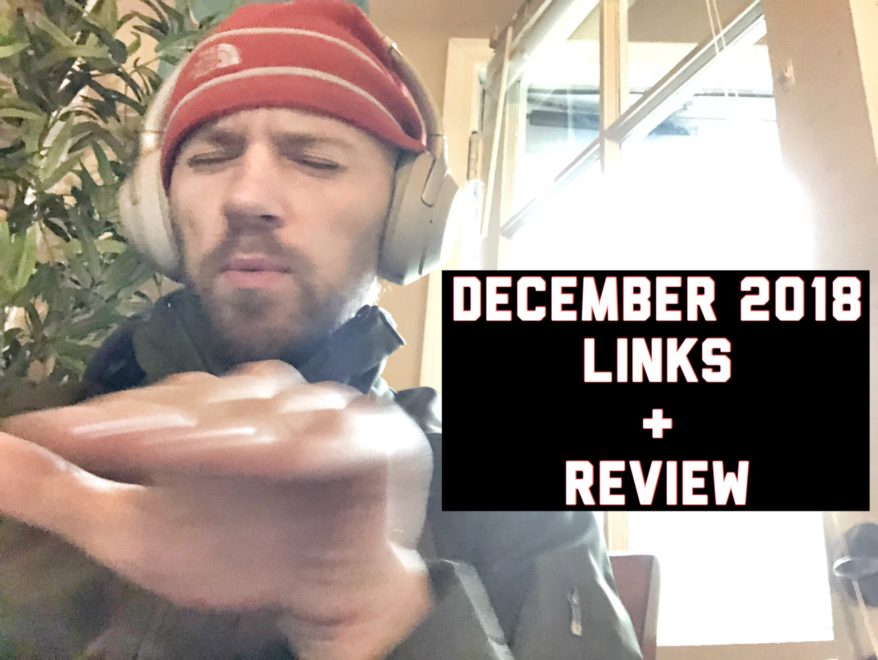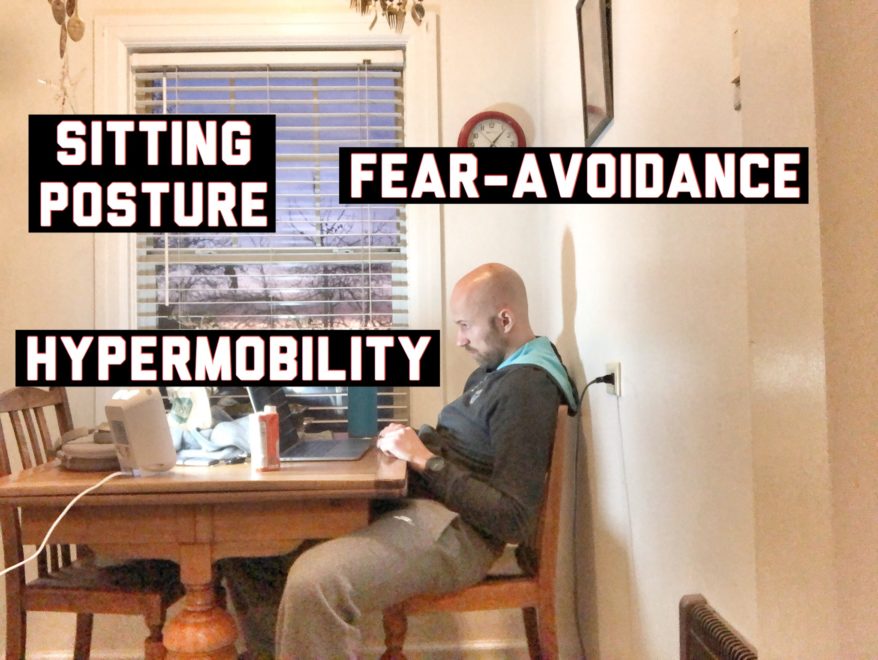Maximizing the health and performance goals of your clients requires several qualities. While having a model surrounding movement and other health factors are incredibly important, how often do we consider the health of ourselves in the equation? If you do not have a healthy social life, difficulty interacting with other people, and continue to improve our knowledge base, how can we achieve buy-in? The best plan will not work. That and so much more happened in a recent podcast I did with my good friend Robbie Bourke. In this discussion, we touch on several topics: My background What are the good and not so good things that I currently see with the physical therapy and human performance professions, and what solutions I offer for the not so good things he is seeing How can we teach and encourage critical thinking skills? My model to optimize human performance The importance of having a social network My growth so far as a human being How I have used adversities in his life to facilitate my communication when working with clients? When do we stop making allowances for people’s behavior? My in person assessment process with a patient What have been the biggest lessons I’ve learned so far in my life How do I learn? What are my top resource? My amazing Ronald Reagan impression If I had only 1 year left on planet Earth – how would I spend that year and why? If I could invite 5 people to dinner, dead
Read More